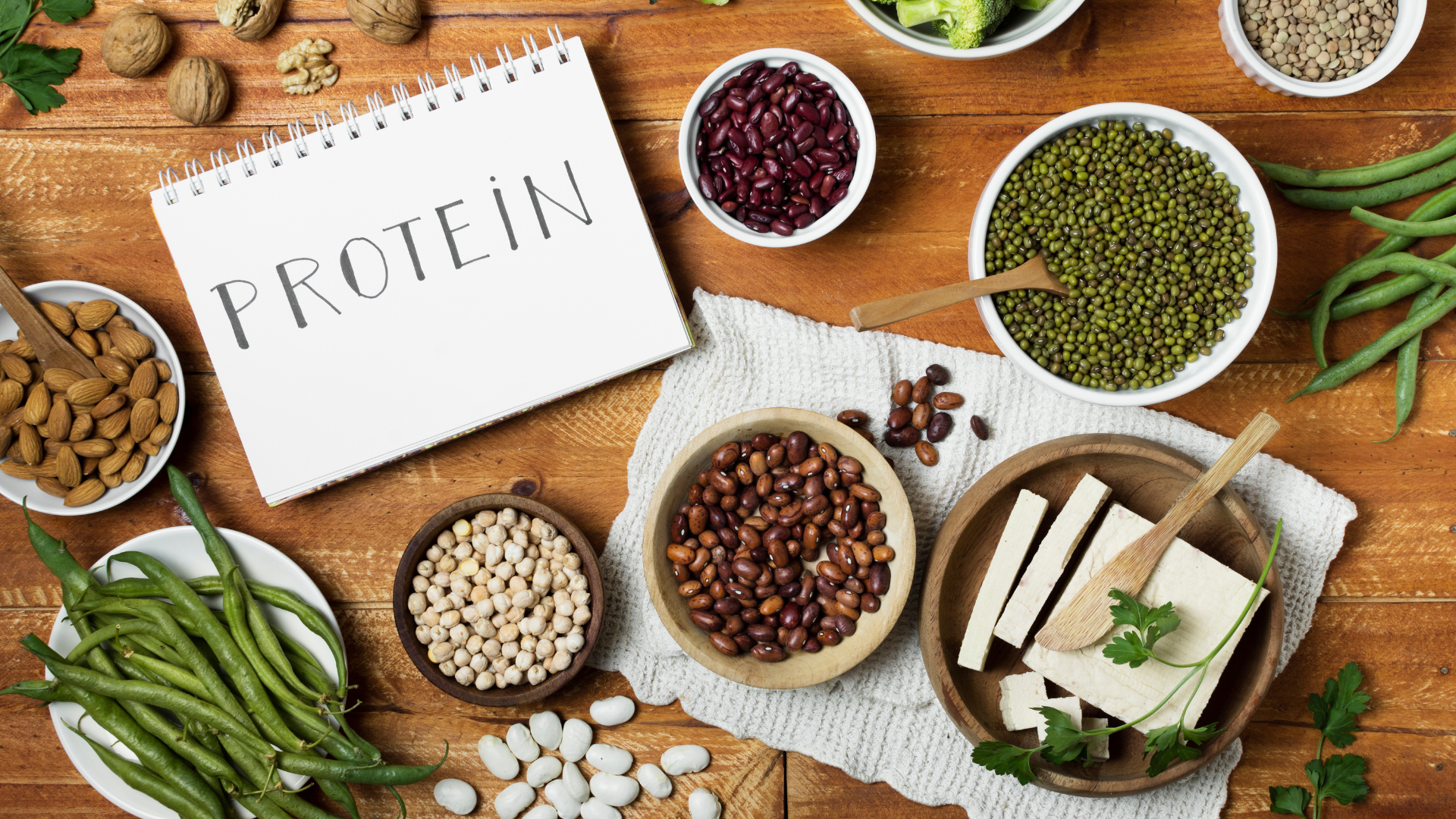

Building Blocks Unlocked: The Truth About Protein Quality
with Dr. Emily Fritz
Think of protein as your body's superhero, like a Swiss army knife for keeping you strong and healthy. When we think about protein, most of us only consider the number of grams we eat each day, but there's more to it than that. There are differences in the quality of the protein in foods we eat. The protein quality of a food is based on two factors: the amino acid profile, and the body’s ability to break down specific sources of protein, which is called digestibility. In the U.S., protein quality is measured by a score called protein digestibility corrected amino acid score or “PDCAAS”. The closer the PDCAAS is to 1, the higher quality the protein.
AMINO What?
Let’s start by learning more about amino acids. Protein is made up of long chains of small molecules called amino acids. Think of amino acids as the building blocks of all proteins, and these amino acids are responsible for the health benefits of protein. Our bodies use amino acids to build and repair tissues, such as muscles, skin, and bones. We also use these amino acids to produce enzymes and hormones that regulate our bodily functions.
There are 20 different amino acids that combine in various ways to create the proteins that we eat. Out of these 20 amino acids, 9 are considered "essential." Essential amino acids cannot be produced by the body which means we need to get them from food. The remaining 11 amino acids can be made by your body, so they’re known as non-essential amino acids.
Each food that we eat contains a specific mix and amount amino acids (including the 9 essential amino acids) and this information is used to create the protein’s amino acid profile. This quality of a protein measured by its PDCAAS is assessed based on the amount of the 9 essential amino acids. Some foods, like meat, fish, and dairy, contain all the essential amino acids in the appropriate amounts for our bodies – this is called a complete, high-quality protein. Other foods, like plant-based sources of protein including beans, grains, and nuts, may lack one or more of the 9 essential amino acids making it helpful to mix different sources together so that you get a more complete amino acid profile.
Breaking down protein digestion
Protein digestibility is a measure of how well and how efficiently the body can break down and absorb the amino acids from dietary proteins. Much like how we digest and absorb carbohydrates, the long chains of amino acids in protein break down into the single amino acids where they are absorbed through our small intestine and into our blood. Some proteins, like whey, are rapidly digested and absorbed and peas, beans, and lentils generally have lower digestibility compared to animal proteins. This is partly because these proteins are often bound within the plant’s fibrous structures, making them less accessible for digestion.
The digestibility of plant-based proteins can be improved by processing and types of cooking including extrusion, which is how Rivalz Stuffed Snacks are made. Extrusion cooking can significantly improve the digestibility of plant-based proteins. The high heat and forces used during extrusion start to break down the proteins, making the amino acids more accessible and easier to digest and absorb. Extrusion also reduces the levels of anti-nutritional factors that can negatively impact protein digestion, enhancing the overall nutrient availability.
The Takeaways
Not all protein is created equal. Protein quality is an important consideration when you’re thinking about your protein goals. Generally, animal-based protein is higher quality, but there can be environmental and health impacts to consuming a diet high in animal protein, so a balanced diet is best. When you consider plant-based proteins, try to get several different sources of plant-based protein in your diet to balance out the amino acid profile. Or, leverage foods like Rivalz that integrate methods such as extrusion that raise digestibility.
